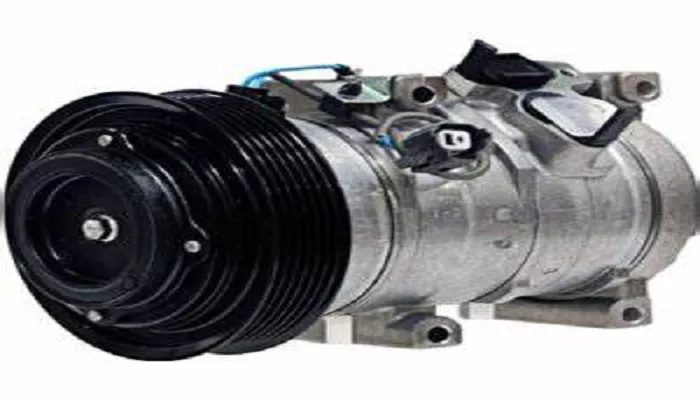A compressor is the heart of an air conditioning (AC) system. It circulates refrigerant, maintains pressure, and ensures efficient cooling. When a compressor fails, homeowners face a critical decision: repair or replace. However, replacing an AC compressor can be expensive, and costs vary based on multiple factors.
Understanding the AC Compressor’s Role
- Compresses refrigerant gas, increasing its pressure and temperature.
- Circulates refrigerant through the AC system.
- Maintains cooling efficiency by ensuring proper refrigerant flow.
Signs of a Failing Compressor
Warm air blowing from vents: Indicates refrigerant isn’t circulating.
Loud or unusual noises: Grinding, rattling, or humming suggests internal damage.
Hard-starting or tripping breakers: A failing compressor strains electrical components.
High energy bills: A struggling compressor consumes more power.
Refrigerant leaks: Often caused by compressor seal failure.
Factors Affecting Compressor Replacement Cost
Type of AC Unit
Central AC systems: Most expensive due to larger, high-capacity compressors.
Ductless mini-splits: Smaller compressors, but labor may vary.
Window or portable ACs: Cheaper, but often not worth repairing.
Compressor Type
Reciprocating: Common in older units, moderately priced.
Scroll: More efficient, slightly more expensive.
Rotary: Found in smaller units, mid-range cost.
Variable-speed: Highest efficiency, most expensive.
Brand & Warranty
- Premium brands (Trane, Carrier) cost more but last longer.
- Some warranties cover compressors for 5–10 years.
Labor Costs
- HVAC technicians charge 50–150 per hour.
- Complex installations (e.g., rooftop units) increase labor fees.
Average Cost of a New AC Compressor
| AC Unit Type | Compressor Cost (Parts Only) | Total Cost (With Labor) |
|---|---|---|
| Central AC | 600–1,200 | 1,200–2,800 |
| Ductless Mini-Split | 400–1,000 | 900–2,000 |
| Window AC | 100–400 | 200–600 (if repairable) |
| Portable AC | 150–500 | Usually not worth replacing |
Why Such a Wide Price Range?
- High-end brands (e.g., Trane, Lennox) cost more.
- R-22 refrigerant systems require pricier retrofitting.
- Emergency or weekend service adds 20–50% to labor costs
DIY vs. Professional Replacement
- DIY is risky: Handling refrigerant requires EPA certification.
- Improper installation can void warranties or damage the system.
- Professional installation ensures efficiency and safety.
Should You Repair or Replace the AC Unit?
When to Replace the Compressor
- The unit is under warranty.
- The AC is less than 8–10 years old.
- No other major components (condenser, coils) are failing.
When to Replace the Entire AC Unit
- The system is over 10–15 years old.
- Frequent repairs are needed.
- The unit uses R-22 refrigerant (phased out, expensive to refill).
- Energy efficiency is poor (upgrading saves long-term costs).
Ways to Reduce Compressor Replacement Costs
Check the Warranty: Many compressors have 5–10 year coverage.
Get Multiple Quotes: Compare HVAC contractors for fair pricing.
Consider Remanufactured Compressors: Cheaper but less reliable.
Schedule Off-Season Service: Spring/Fall may have lower labor rates.
Maintain the AC System: Regular maintenance prevents premature failure.
Conclusion
Before deciding, consult an HVAC professional to assess whether repairing the compressor or replacing the entire AC unit makes more financial sense.Regular maintenance (cleaning coils, checking refrigerant levels) can extend your compressor’s lifespan and prevent costly breakdowns. If your compressor fails, act quickly to avoid further damage and ensure your home stays cool and comfortable.

